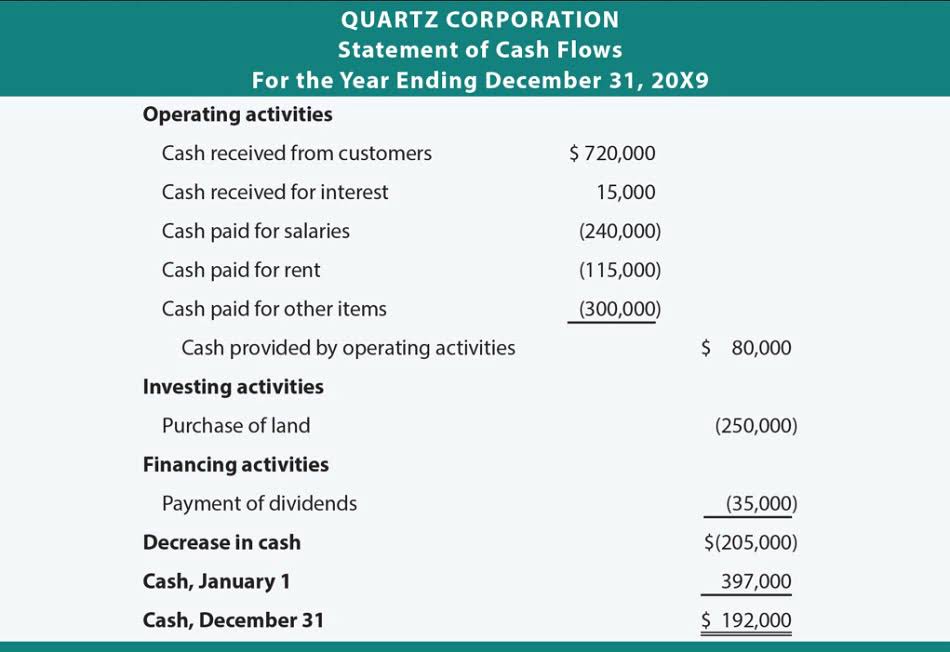
Close


Expensing R&D costs provides a prudent and conservative accounting treatment under IFRS standards. During an acquisition, the capitalization of R&D expenses into goodwill allows for better representation of their worth. Before this change, because deducting expenses under section 174 provided favorable treatment to costs that the business might otherwise capitalize, businesses that did not look for qualifying costs were not creating additional tax exposure. Now, they have to find those costs because they are required to capitalize and amortize them over the appropriate period.
GAAP to recognize assets when future benefits are clearly present as a reporting flaw that should not be allowed. If any of the recognition criteria are not met then the expenditure must be charged to the income statement as incurred. Note that if the recognition criteria have been met, capitalisation must take place.
Furthermore, companies are subject to environmental reporting regulations, requiring electronic submission of Chemical Data Reporting (CDR) data to the EPA’s Central Data Exchange. This reporting includes detailed information about chemical substances subject to specific regulatory requirements. Market research for commercial viability or quality control during mass production does not fall under R&D expenses. These activities are typically part of the company’s selling and administrative expenses. 4(b) Development means the translation of research findings or other knowledge into a plan or design for a new product or process or for a significant improvement to an existing product or process. The contradictory findings of much of this research were published in a special supplement to the 1980 Journal of Ac-counting Research.
Differences in impairment rules stem from the initial recognition and capitalization of development costs under IFRS. If capitalized, these assets must be tested for impairment annually or when there is an indication of impairment under IFRS, while under US GAAP generally no such assets exist due to the expensing rule, and hence impairment considerations differ. However, while IFRS may allow subsequent development costs to be capitalized, US GAAP typically requires expensing both research and development costs, except for specific instances such as capitalized software development.

The appropriate accounting treatment of in-process research and development (R&D) costs depends on whether the costs are classified as research expenditures or development expenditures under accounting standards like IFRS or GAAP. If these criteria are met, the entity may choose to either capitalise the costs, bringing them ‘on balance sheet’, or maintain the policy to write the costs off to the profit and loss account. Note that if an accounting policy of capitalisation is adopted it should be applied consistently to all development projects that meet that criteria. Although the payment is non-refundable, Company A will receive a future benefit (the rights to the research) as the CRO performs the research services over the two-year period. Company A should continue to evaluate whether it expects the goods to be delivered or services to be rendered each reporting period to assess recoverability. R&D expenses should be capitalized when the project reaches the development phase, where the product, process, or service is technically and commercially viable for sale or use.
The Securities and Exchange Commission (SEC), a key regulatory body in the United States, mandates that financial statements filed with it must conform to U.S. This includes specific guidelines for the disclosure of research and development (R&D) costs. GAAP requires R&D expenses to be expensed as incurred, with detailed disclosures regarding the types of costs and the nature of the activities. The standard requires that research costs be expensed as incurred, while development costs be capitalized if certain criteria are met.

Businesses conduct R&D for many reasons, the first and foremost being new product research and development. Before any new product is released into the marketplace, it goes through significant research and development phases, which include a product’s market opportunity, cost, and production timeline. After adequate research, a new product enters r&d accounting the development phase, where a company creates the product or service using the concept laid out during the research phase. An essential component of a company’s research and development arm is its direct R&D expenses, which can range on a spectrum from relatively minor costs to several billions of dollars for large research-focused corporations.
Hotel Korsal
Šetalište Frana Kršinića 80
20260 Korčula, Hrvatska


Telefon: +385 20 715 722
E-mail: info@hotel-korsal.com